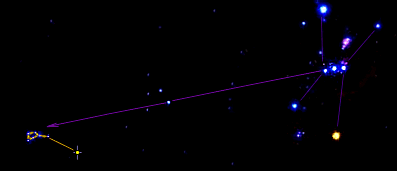
Aztec calendar stone; in the National Museum of Anthropology, Mexico City. The calendar, discovered in 1790, is a basaltic monolith. It weighs approximately 25 tons and is about 12 feet (3.7 metres) in diameter.
The Maya had the most precise calendar of the New World. They calculated the orbit of Venus around the Sun to precisely one day in six thousand years. They also knew the time it takes the Earth to orbit the Sun with the same precision--365.2421 days. The figure is more precise than the one in our Gregorian calendar--365.2424 days. In fact, the Maya had two calendars which they used simultaneously. The "Haab Calendar," which had 365 days like ours. The "Tzolkin Calendar," which had only 260 days. Both calendars ended after 18,980 days or 52 years. Every 52 years, a new calendar cycle began. A third cycle, known in archaeology as the "long count," marks the beginning of the Mayan era. On our calendar, that date would be on August 11, 3114 BC. But the Maya did not exist back then! So why the precision of the date? What took place on that date? What happened that was important enough to make it the beginning of the Mayan calendar? What purpose did the 260-day "Tzolkin Calendar" have? It was useless for the seasons on Earth. The computer animation will bring the planets of our solar system into view and a hypothetical planet will then be overlaid between Mars and Jupiter which orbited the Sun every 5.2 years (1,898 days). The Maya cycle.


